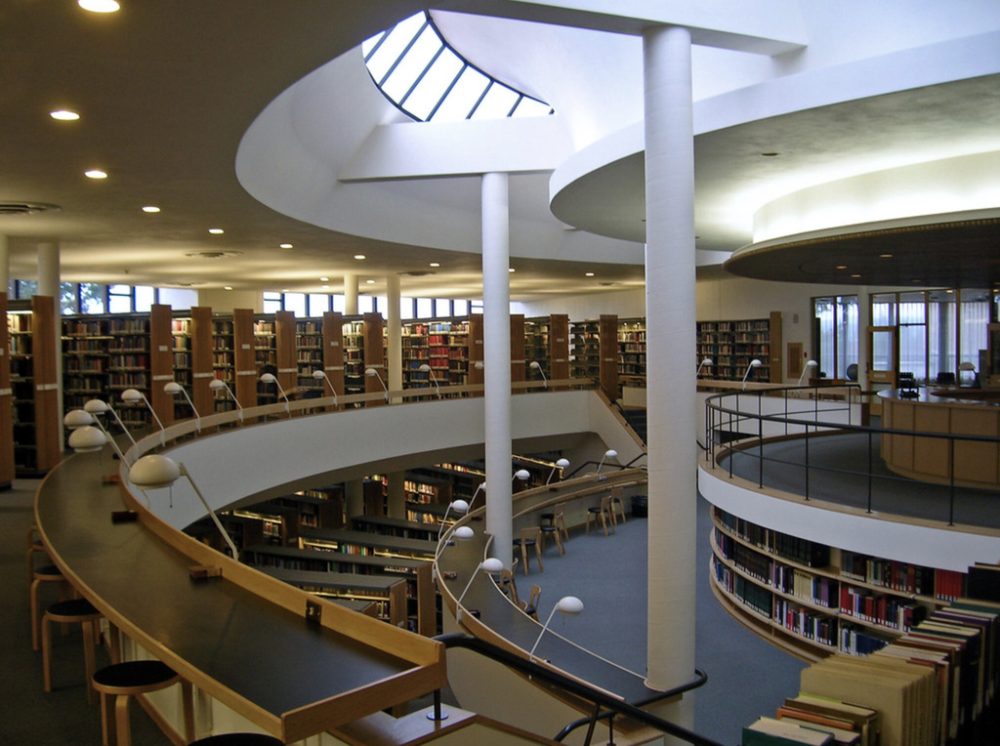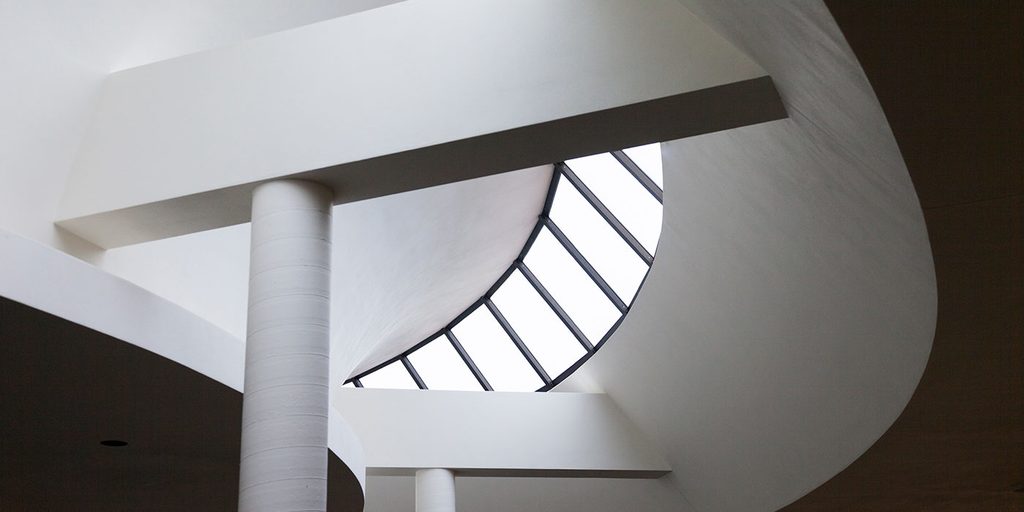Next year marks the 50th anniversary of the Mount Angel Abbey Library’s completion, which will be celebrated with an all-day symposium featuring speakers from around the world who will gather to share insights and understandings into one of the most significant architects of the past 100 years, Alvar Aalto. Aalto’s arrangement and sequencing of interior space, innovative daylighting techniques, and humane furniture designs are a hallmark of the Abbey’s library, as well as a focus for my own research into his work.

When I’m asked which architects I admire most or those who have influenced my own work – which is often – two names top the list: Frank Lloyd Wright (1867 – 1959) and Alvar Aalto (1898 – 1976). I consider Frank Lloyd Wright the greatest architect who has ever lived and will substantiate that in a later post.
Aalto was one of the reasons I chose to study in Denmark for the last year of my undergraduate studies in architecture. I’d had an appreciation for Scandinavian design since childhood, ever since my parents ditched all of their furniture in favor of well-designed Scandinavian pieces that better aligned with our mid-century modern home in Emporia, Kansas; a radical choice at the time and one that shaped my own aesthetic preferences. Aalto’s architecture and furniture designs were radical for their time: sleek, stripped of unnecessary ornament, elegantly detailed and composed with natural forms and materials.
My history of architecture instructor at Cal Poly (SLO), Carleton Winslow, was also enamored with Alvar Aalto. He assigned reading an extensive chapter on Aalto in “Space Time and Architecture” and devoted three lectures to his work. I appreciated how Aalto integrated natural materials into his modern designs and provided a humane scale to his interior spaces. He was a master at orchestrating daylight into his interiors. Amongst the contemporary architects of his time, he seemed to have the best understanding of human behavior and environmental psychology.

Though his office was in Finland, Alvar Aalto designed two buildings and one interior design project in the US. It is a serendipitous treat to live within only 22 miles of one of the gems of his design, the Mount Angel Abbey Library in Mount Angel, Oregon. Like Frank Lloyd Wright, Alvar Aalto integrated the interior design of his projects with the architecture, designing most of the furniture, light fixtures, and hardware for his projects. The Mount Angel Abbey Library was completed in 1970 and includes the largest collection of Aalto-designed furniture and light fixtures in the US.
In 1997 I took a deep dive into researching the lighting at the Mount Angel Abbey Library which included interviewing the multitude of users, setting up data loggers to record the natural and electric lighting outputs, and a study of the architectural plans. I summarized my findings in an article, “Learning from a Library,” published by Environmental Design + Construction. A PDF of the article can be downloaded here.
To learn more about Aalto’s work at Mt. Abbey library, save the date for September 25th, 2020. I hope to see many of you there as we celebrate one of the greatest architects of the past 100 years.

